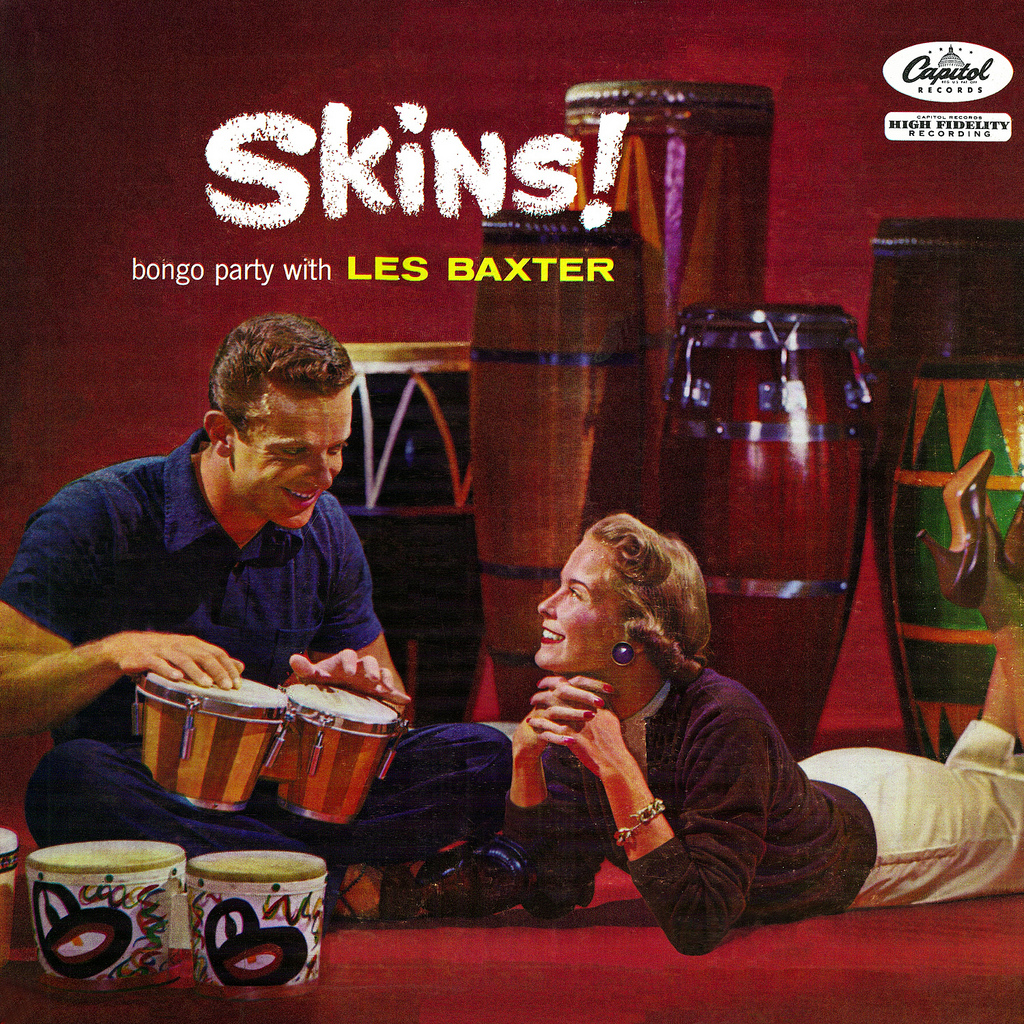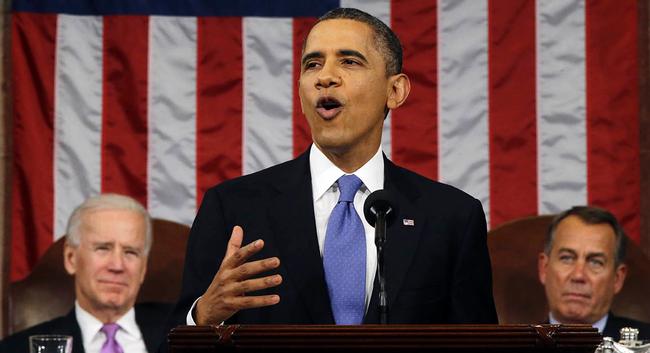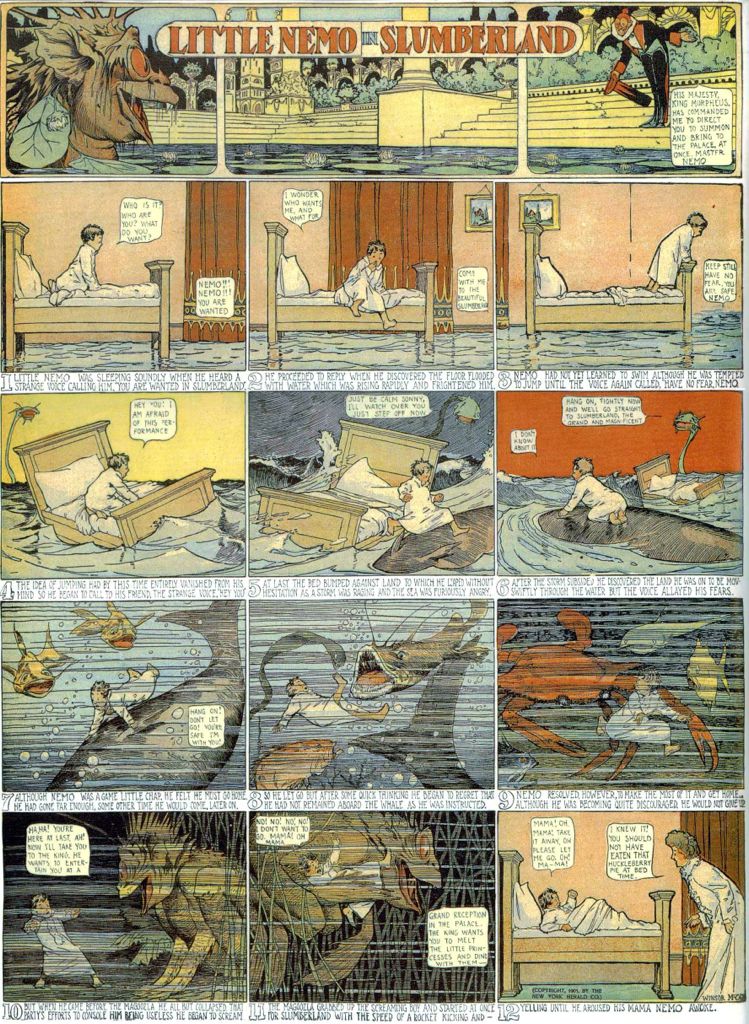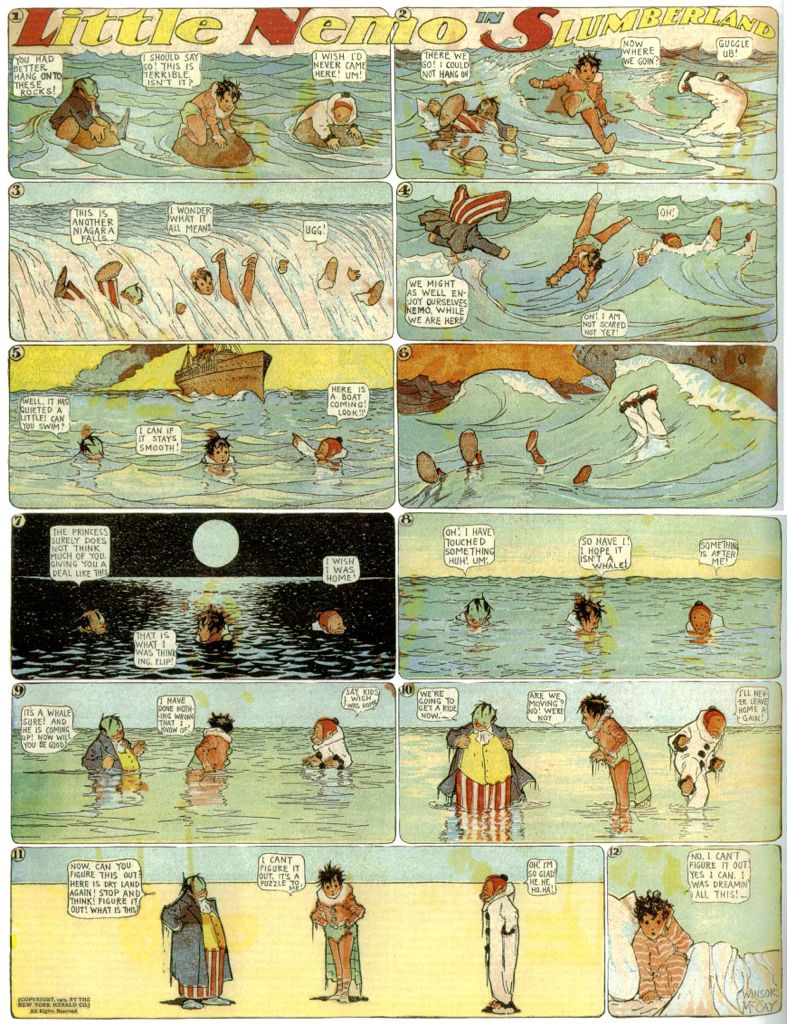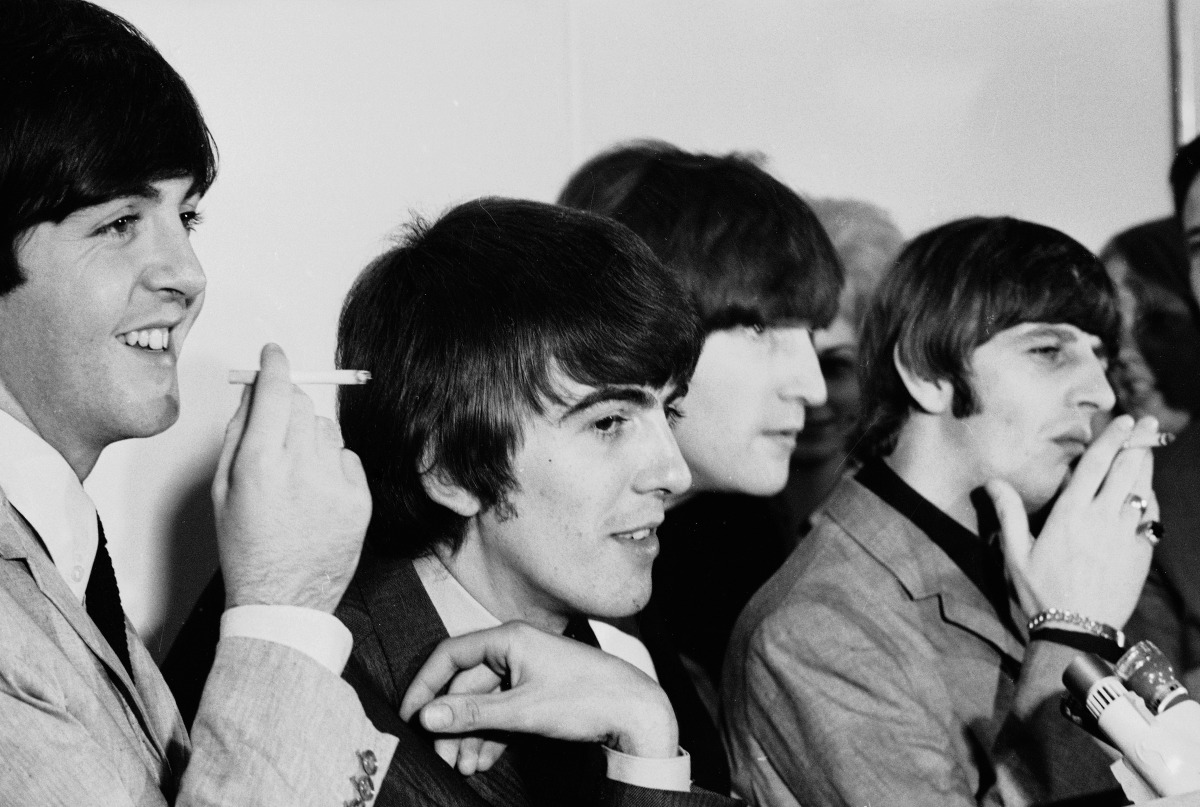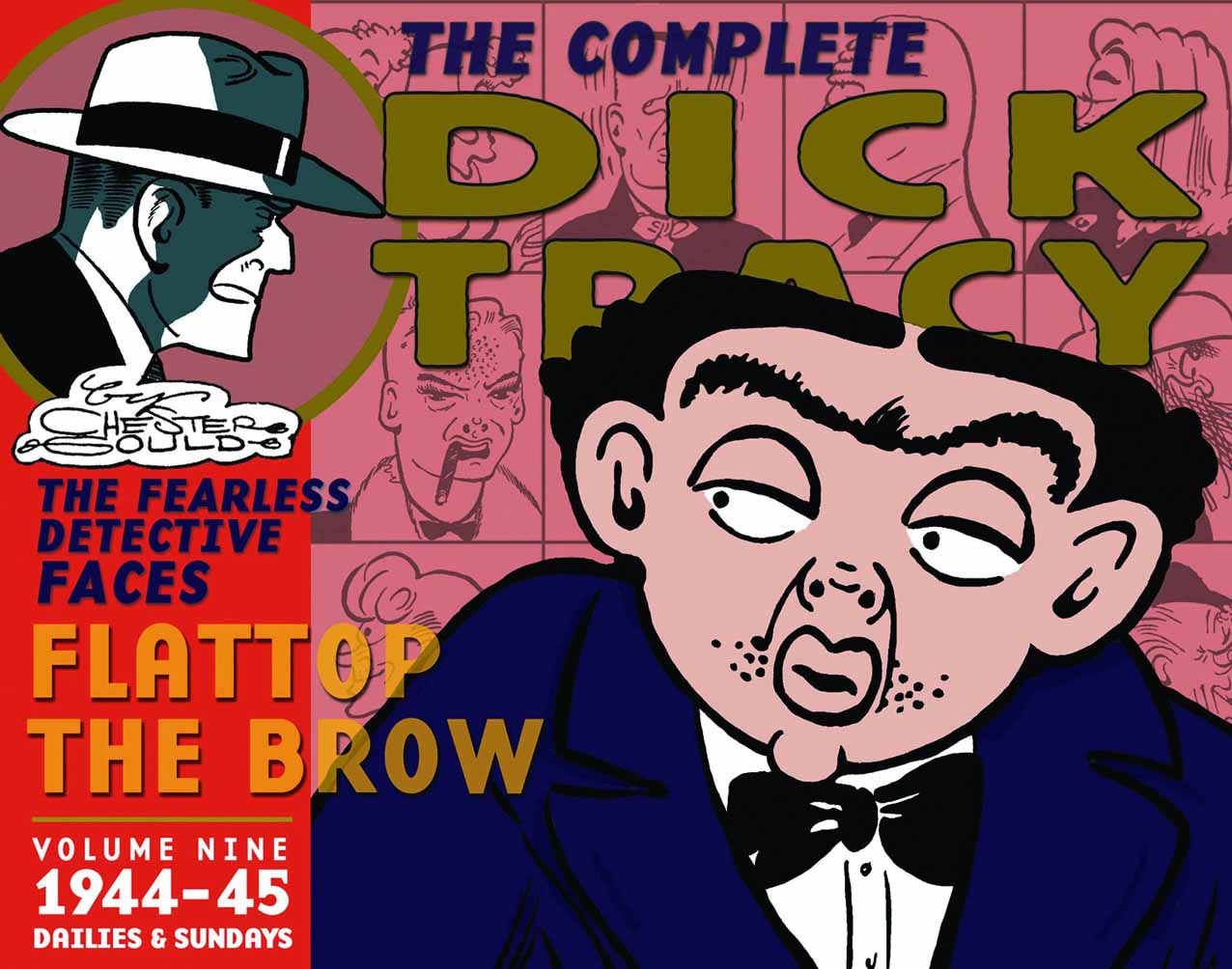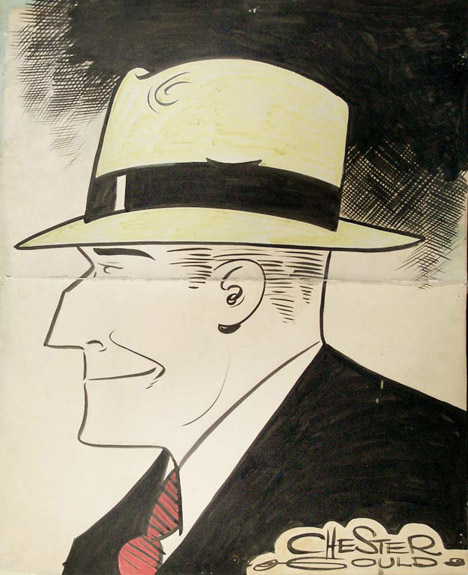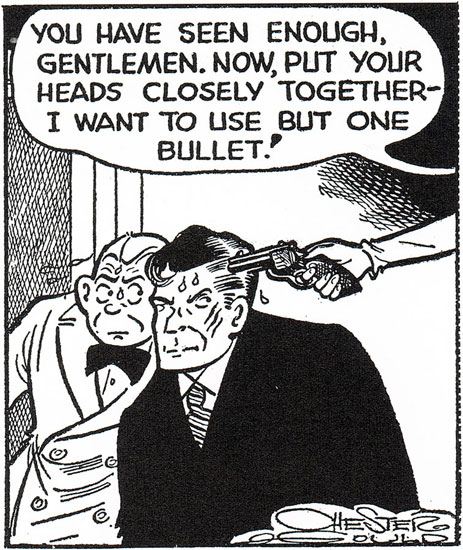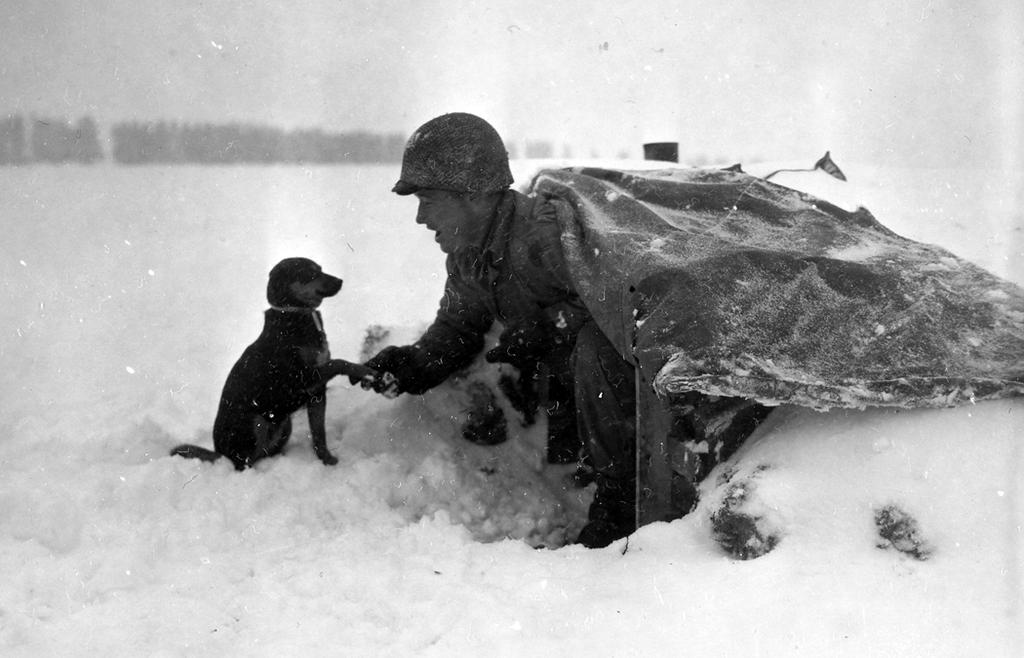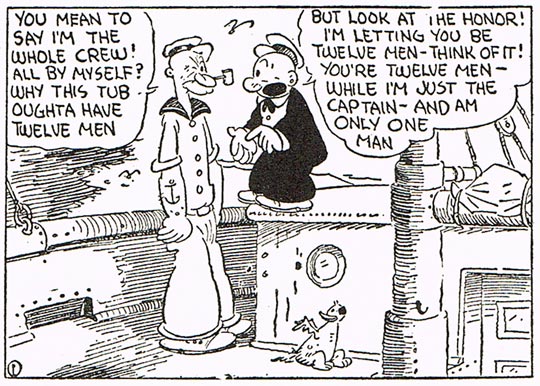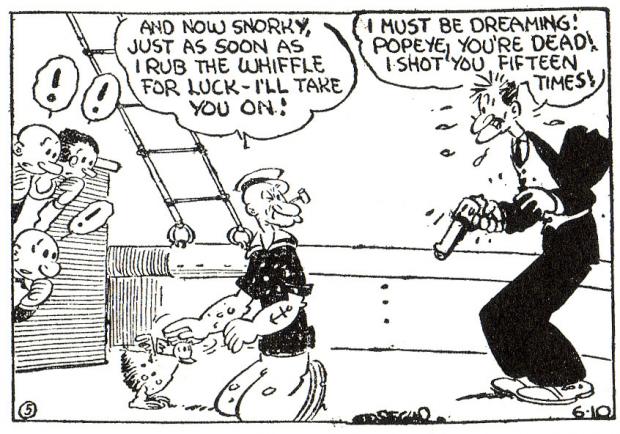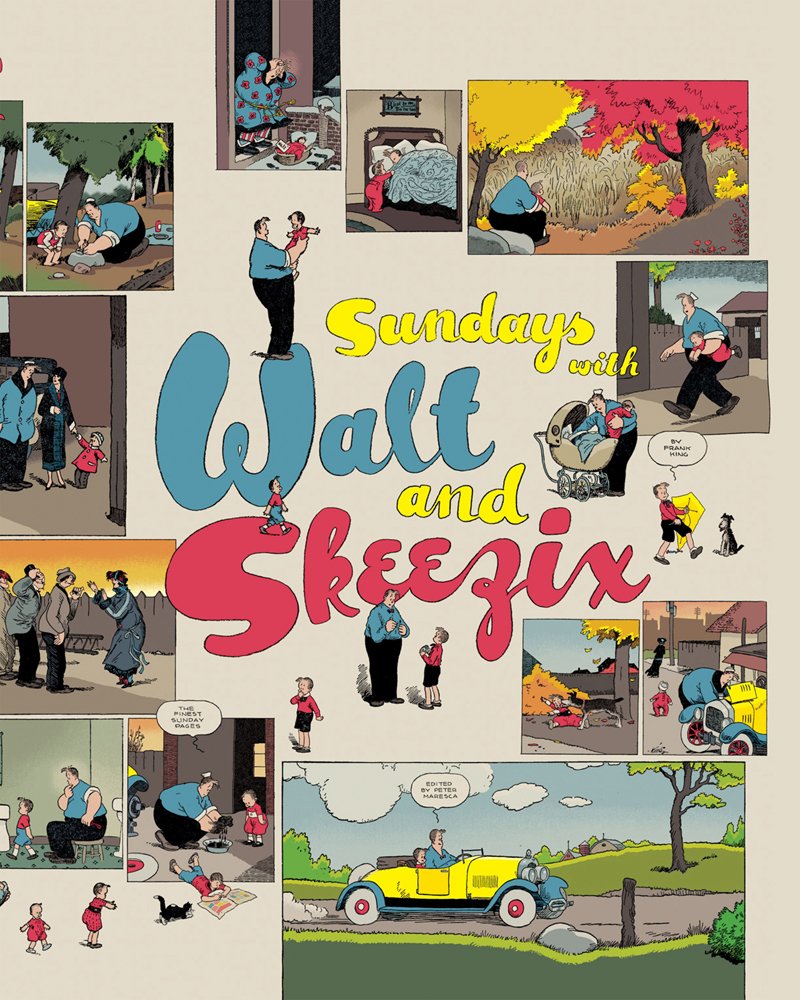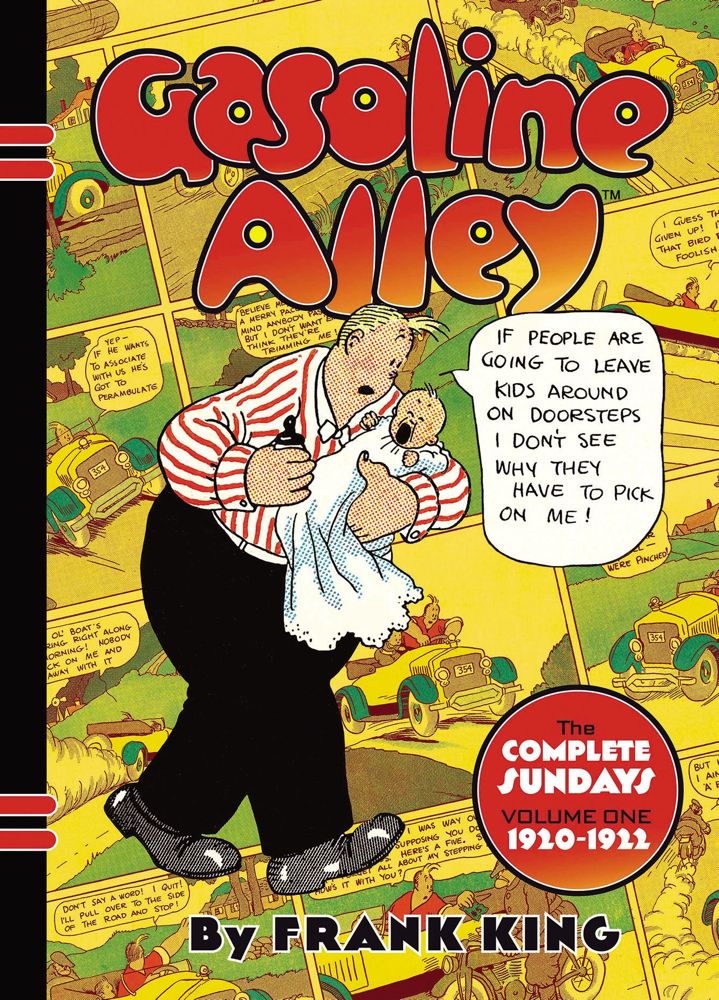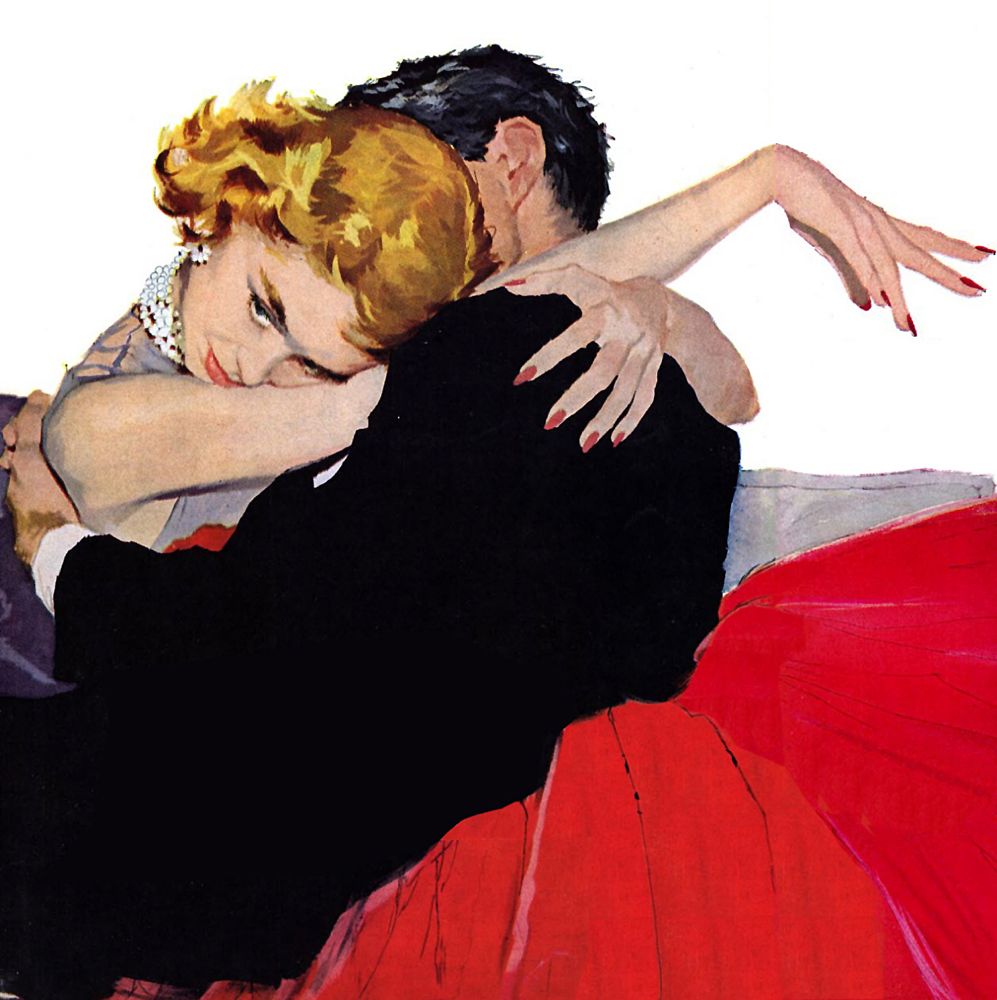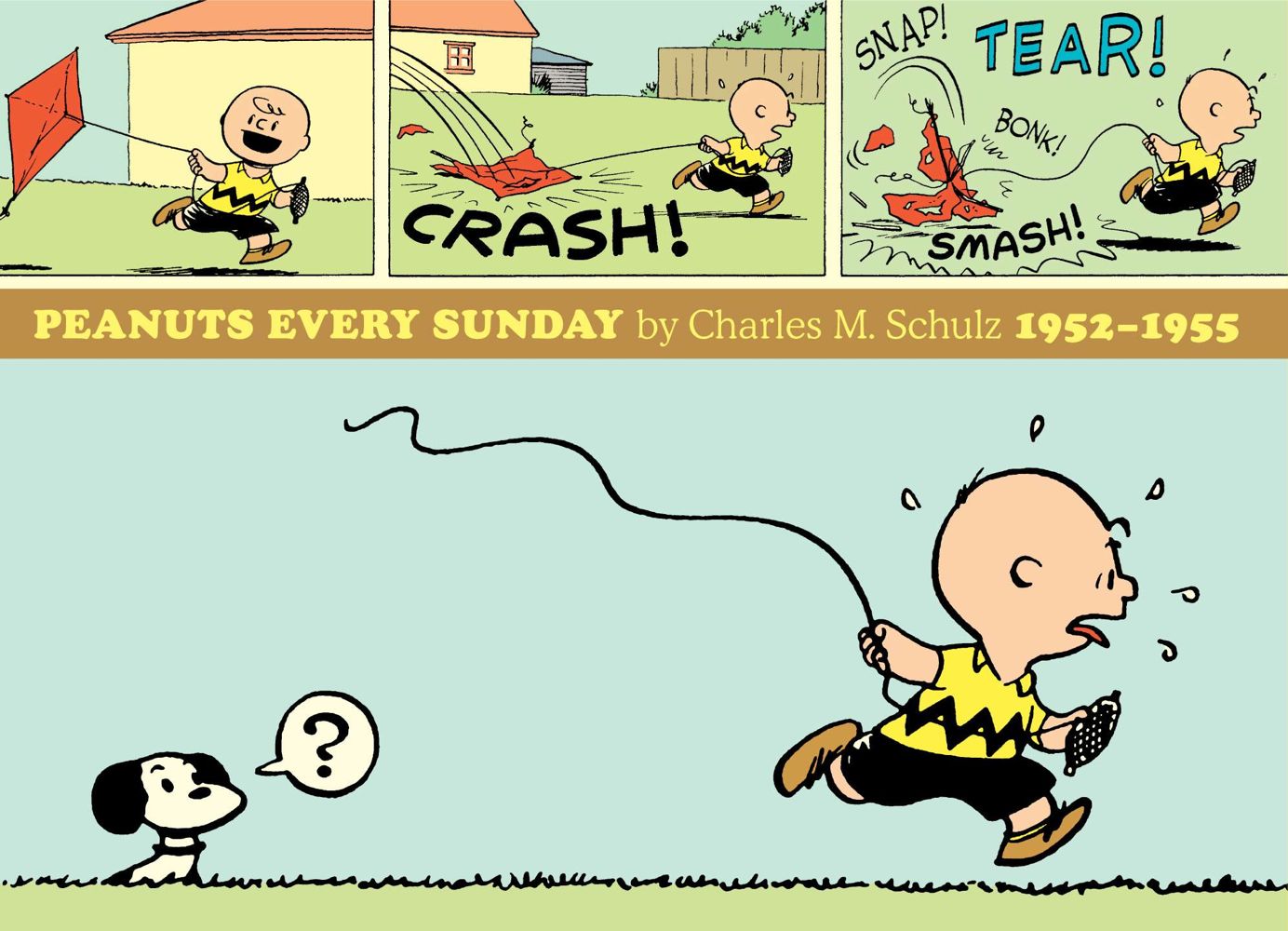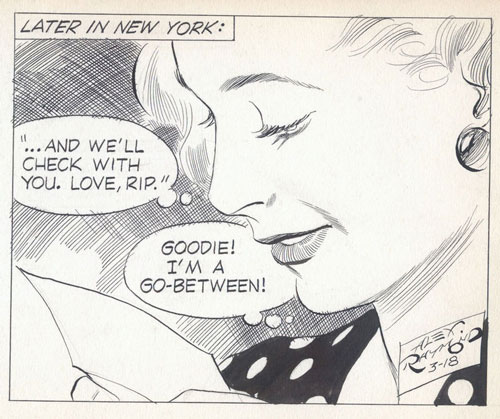Click on the image to enlarge.
Category Archives: Main Page
RAND PAUL
It’s hard to disagree with any of this. Paul’s attack on Obamacare is problematic, because he doesn’t offer a practical alternative — no Republican ever has — but this line should warm the heart of any progressive . . . “I say, we will not cut one penny from the safety net until we’ve cut every penny from corporate welfare.”
STATE OF THE UNION
Obama’s State Of the Union speech tonight was curious. It laid out a series of progressive initiatives that have absolutely no chance of being taken up by the current Republican Congress in the next two years.
So who was he talking to?
I got a funny feeling that he was starting off the debates for the 2016 Presidential race, and starting them off with an implicit endorsement of Elizabeth Warren. He spoke in her voice for the middle class, on the issues that she has been championing, like reform of the student loan system.
I think his executives orders about immigration were also about the 2016 race — creating a controversy designed to attract Latino voters to the Democratic Party in 2016, an opportunity for Republicans to shoot themselves in the foot with Latino voters.
This is just a hunch, but I think Obama is going to use his last vestiges of power to try and subvert Hillary Clinton’s run for the Presidency and put Warren in the White House.
Obama has been a bad President but he’s a genius when it comes to Presidential politics. I think he’s got one more unlikely ambition in mind in that realm — the destruction of Hillary and the elevation of Elizabeth.
You heard it here first.
THE FUNNY PAPERS: LITTLE NEMO
Magnificent is the word that comes to mind when describing Winsor McCay’s comic strip panels. He created impeccably detailed images with great depth recording wildly imaginative visions of a fantasy world as delightful and transporting as any in the history of art.
As a strip, Little Nemo is whimsical rather than funny. The action takes place within the individual panels, not in their sequences — the visual storytelling is thus not dynamic in the cinematic style of most great comic strips. For the most part we move from panel to panel as through they were linked by cinematic dissolves from one tableau to the next — but the tableaux can take your breath away.
They work as renditions of seductive dream spaces, that invite you to enter them physically, and also as graphic designs of great sophistication and elegance. Their aesthetic appeal is inexhaustible, even if you prefer strips with more narrative momentum.
They need to be seen in large-scale reproductions in order to be fully appreciated and relished. (The scans reproduced here don’t even begin to do them justice.) Fortunately Sunday Press Books has published two of its gargantuan volumes presenting selections of the Sunday strips in the size of actual newspaper pages, as they first appeared, and Taschen Books has published a somewhat smaller but still enormous single volume collecting all the Sunday pages.
Together they document one of the supreme achievements of visual art in America.
Click on the images to enlarge.
1964
THE FUNNY PAPERS: DICK TRACY
Dick Tracy is a hard comic strip to love but an easy one to get addicted to. Its author Chester Gould was attracted to the grotesque, an attraction he indulged more and more outrageously as the strip progressed through the decades.
Tracy had a faintly grotesque look from the beginning — he was a hard edged caricature of a tough police detective — even though the characters around him looked relatively normal. The hard edges signified a relentless hatred of criminals and also a fierce independence — he always did things his way and rarely let his fellow cops in on his investigative stratagems.
There’s something grimly fascinating about him and about the dark underworlds he has to penetrate in order to solve his cases. The strip started out as a fairly conventional police procedural with an unconventional protagonist. It would eventually become stranger, with fantastical villains and plots. It was always lurid, to one degree or another, and that constitutes its vaguely perverse charm.
THE ARDENNES
THE FUNNY PAPERS: POPEYE
Popeye the sailor man first appeared as a secondary character ten years into the run of E. C. Segar’s comic strip Thimble Theatre, which offered up parodies of dumb Hollywood movies. Almost instantly, however, he took over the strip. Violent, indestructible and bound by his own code of rough honor, he was irascible but dependable — the perfect protagonist for the wacky adventure strip Thimble Theatre turned into.
The strip featured surreal and whimsical fantasy elements and regular episodes of wild anarchic action, with Popeye inevitably having to beat the bejesus out of some villain or other.
The whole thing is eccentric, sui generis — and one of the most inventive and entertaining of all comic strips. Popeye got toned down as a character in the animated cartoons he eventually starred in, and in the incarnations of the comic strip after Segar’s untimely death at the age of 43. The character created by Segar remains a true American original, though — a brawling pigheaded palooka with a heart of gold.
THE EAST RIVER
THE FUNNY PAPERS: GASOLINE ALLEY ON SUNDAY
As Drawn and Quarterly Press continues its reprinting of all the Gasoline Alley daily strips, other publishers offer collections of Frank King’s remarkable Sunday pages.
Sunday Press Books has published Sundays With Walt and Skeezix, one of its gargantuan and beautifully produced volumes reprinting a selection of the Sunday pages in their original size. It’s a book every lover of the funny papers should own. I wrote about it here — Unspeakably Cool.
More recently Dark Horse Books has started a series that will eventually reprint all the Sunday pages in chronological order. Slightly smaller than the Sunday Press volume, but still generously sized, these books are also a must for fans of Frank King, Gasoline Alley and the American comic strip.
AN ANDY VIRGIL FOR TODAY
THE FUNNY PAPERS: PEANUTS ON SUNDAY
If you’re a fan of Peanuts but don’t feel the need to own every single Peanuts strip ever published — which Fantgraphics Books is in the process of reprinting in multiple volumes — Fantagraphics offers an attractive alternative. They’re also issuing collections of all the Sunday strips in color, in large-format editions. (Their Complete Peanuts volumes reproduce the Sunday strips in a smaller format and in black-and-white.)
They’re delightful books and probably offer more than enough Peanuts for most people.
Click on the image to enlarge.
A TOAST TO POE
A very short film by Jae Song for Atlas Obscura . . .
THE FUNNY PAPERS: RIP KIRBY
Click on the image to enlarge.
The legendary Alex Raymond made his name drawing the sci-fi fantasy comic strip Flash Gordon but went on to create several other important strips, including his last one, Rip Kirby, featuring a private detective in post-WWII New York. Raymond was primarily an artist collaborating with writers who supplied his plots and dialogue, but he was a brilliant artist, with a clean, bold, dynamic style that influenced many comic strip artists of later generations. George Lucas has said that Raymond’s Flash Gordon was a primary influence on the Star Wars films.
For Rip Kirby, Raymond employed a naturalistic style and dynamically composed panels that have a film noir feel to them. The strip is fast-moving and suspenseful and very entertaining. IDW Publishing is in the process of issuing reprints of the complete run of the strip in multiple volumes. It’s well worth a look.
STAY WITH ME
Sinatra recorded this religious song in 1964. It was the theme song of the movie The Cardinal (which marked the last screen appearance of Dorothy Gish). Dylan has recorded it for his upcoming album of songs associated with Sinatra, Shadows In the Night. You can stream Dylan’s version on NPR here.
Sinatra’s version, expertly sung as it is, is not convincing as as an expression of humility and faith. Sinatra was capable of putting across religious songs convincingly, as his Capitol Christmas album shows, but his heart doesn’t seem to be in it here. The somewhat bombastic orchestral arrangement doesn’t help.
Dylan’s version, with its creaky vocal and small-ensemble arrangement featuring steel guitar, is profound, heartbreaking.

